8 Amazing National Parks in Ghana You Need to Visit
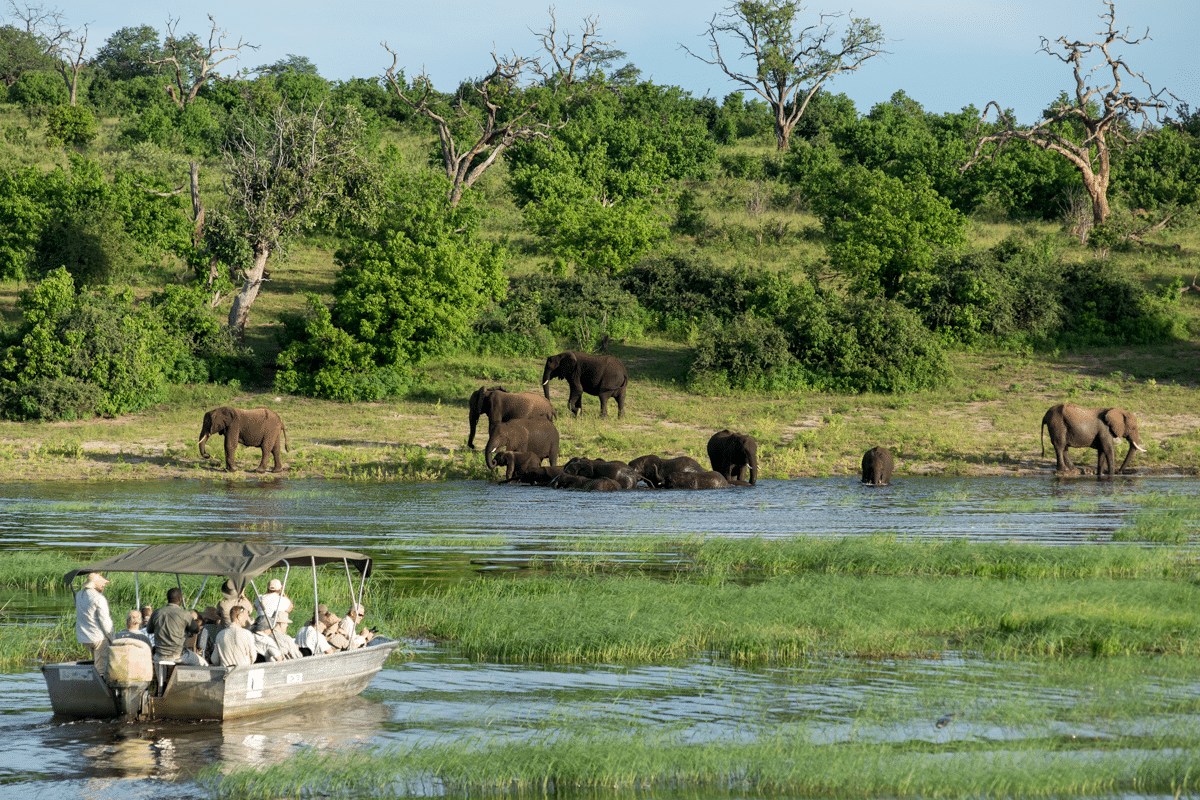
- By Karim Hassan
- August 8, 2023
- Travel
Were you aware that Ghana boasts 21 protected areas, consisting of seven national parks, which make up approximately 5% of the country’s land area? This provides ample opportunity to explore the abundant natural beauty and biodiversity of the region.
If you’re a nature lover and a wildlife enthusiast like me, you might be wondering which national parks in Ghana are worth visiting. You might also be curious about what to expect, how to get there, and what to do in each park. Well, you’ve come to the right place!
In this guide, I’ll share with you my personal experience of visiting eight amazing national parks in Ghana over the past decade, where you can see elephants, monkeys, birds, and more. As an avid traveler and wildlife photographer, I’ve had the privilege of exploring Ghana’s incredibly diverse parks and reserves multiple times.
From strolling along the rainforest canopy walkway to going on a safari in search of savanna animals, I’ve done it all. I’ll provide tips and recommendations based on my own adventures to help make the most of your trip to these natural wonders. By the end, you’ll have all the information you need to plan your ideal national park getaway in Ghana!
Table Of Content
1. Kakum National Park: Walk on the Canopy of a Tropical Rainforest
Kakum National Park is one of the most popular and accessible national parks in Ghana. Located in the coastal Central Region near Cape Coast, it’s easy to reach and makes for an ideal day trip from many parts of the country.
The main attraction is without a doubt the Kakum Canopy Walkway, a 350-meter-long series of hanging bridges suspended high above the rainforest floor. Connecting seven tree tops, this walkway provides stunning views of the lush forest from above. Walking along the canopy bridges feels like something out of an adventure movie!
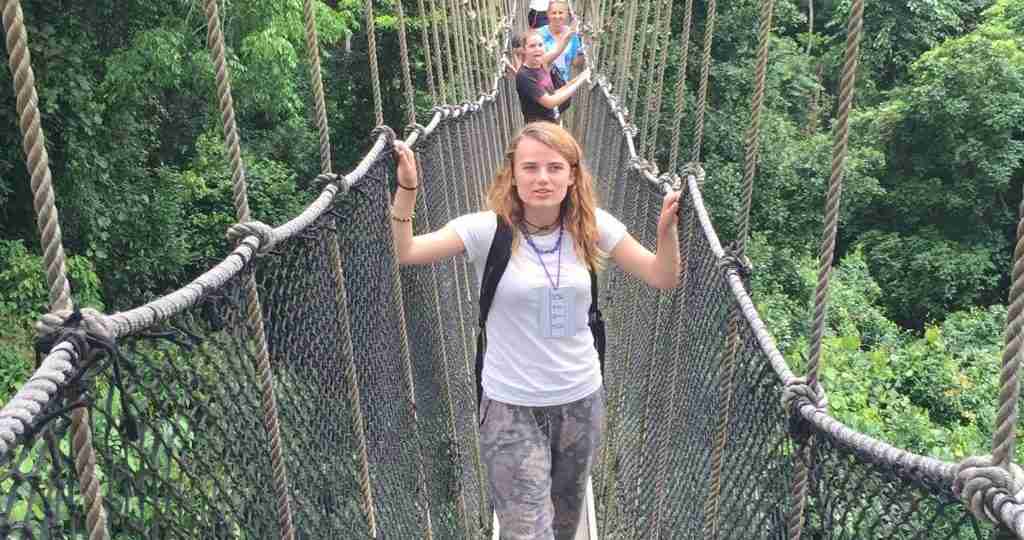

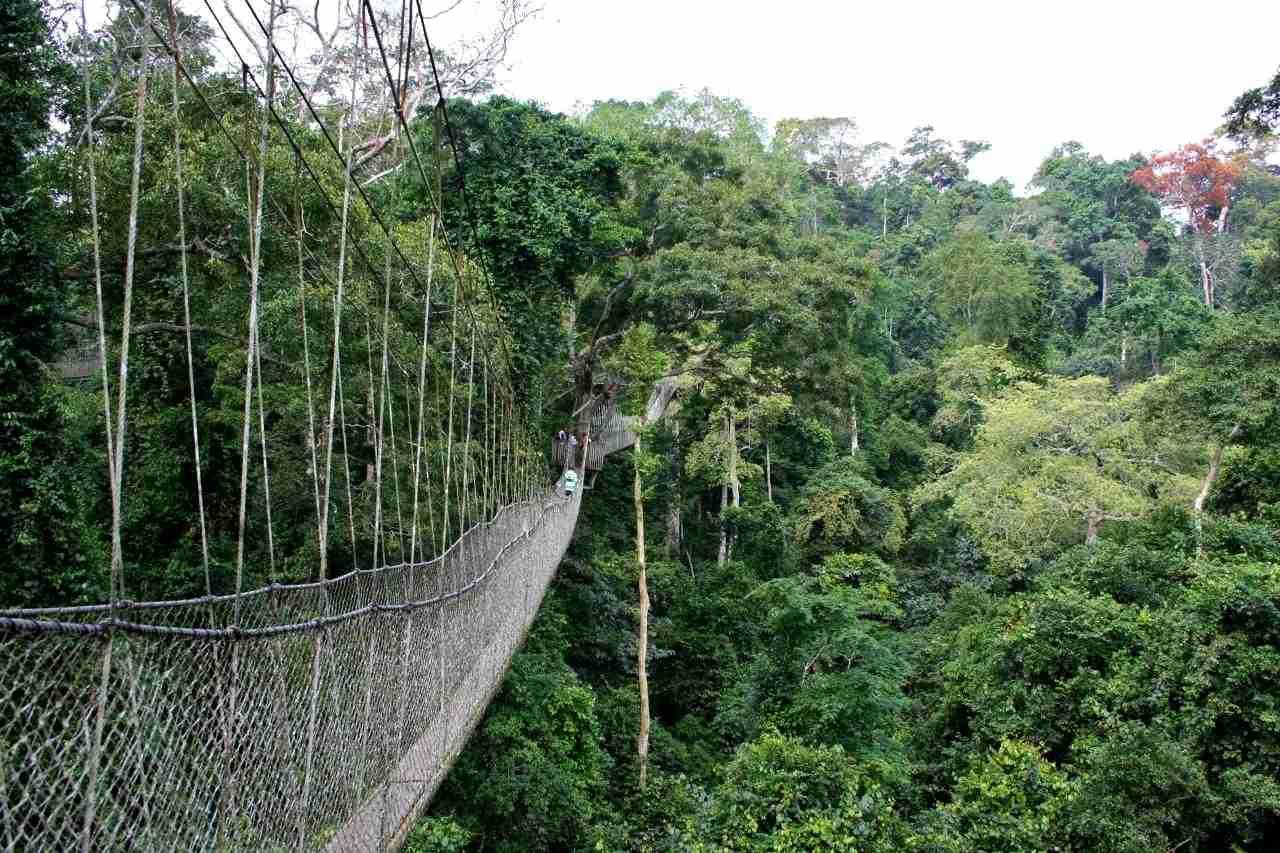
In addition to the gorgeous vistas, Kakum is home to diverse wildlife species like the endangered Diana monkey, the elusive yellow-backed duiker, and the imposing African elephant. With some luck and a bit of jungle tracking skill, you just might spot some of these forest-dwelling creatures.

To visit Kakum National Park, private transportation or a tour is recommended from major cities like Accra and Kumasi. Park entrance fees are very reasonable, costing around $10 USD for foreign visitors. Kakum has good facilities like marked trails, tour guides, and a visitor center. With its accessibility and manageable size, Kakum makes for the perfect intro to Ghana’s many natural treasures.
2. Mole National Park: Encounter Elephants and Other Savanna Animals
As the largest and oldest national park in Ghana, Mole National Park is a must-visit for any wildlife lover. Covering 4,840 square kilometers in the country’s Northern Region, Mole provides a uniquely lush savanna habitat.
The biggest draw of Mole is getting up close and personal with Ghana’s famous elephants and other impressive wildlife. Visitors can take guided walking safaris or tour through the park by vehicle to observe elephants roaming among other savanna creatures like lions, leopards, spotted hyenas, olive baboons, warthogs, and various antelope species. With over 300 species of birds, it’s also a birdwatcher’s paradise.
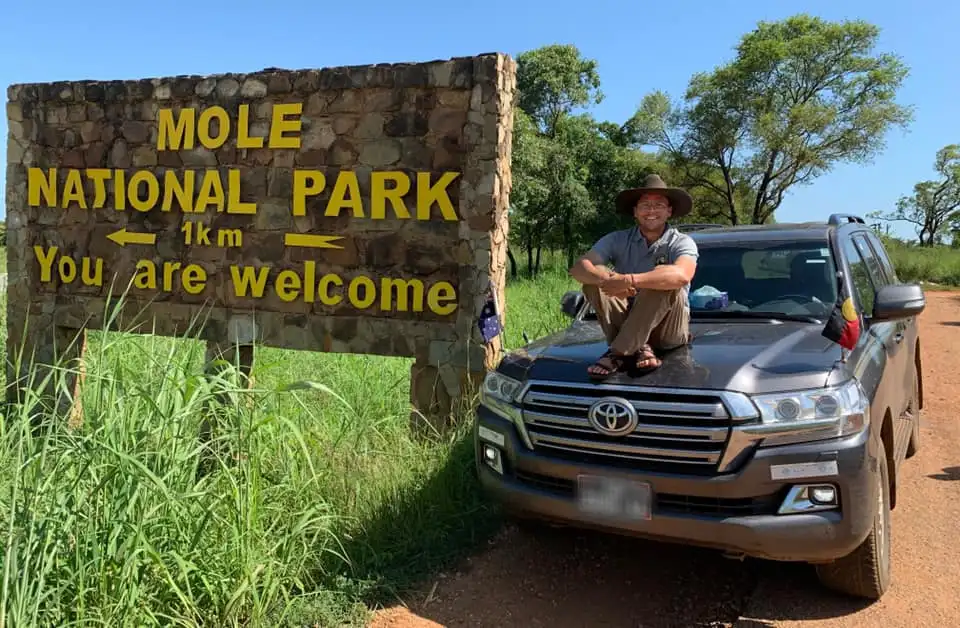

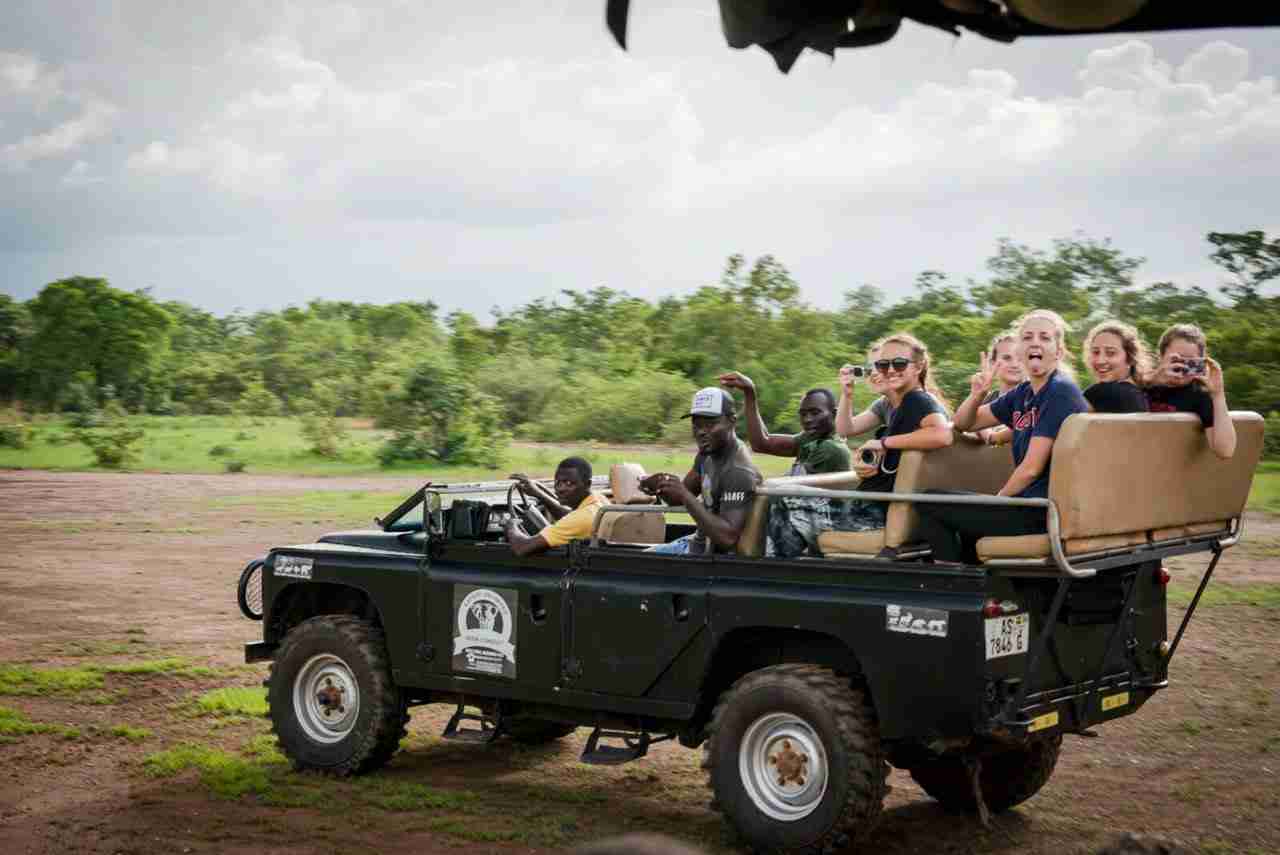
I’ll never forget when I came face-to-face with a herd of elephants while on foot – it was at once thrilling and intimidating! With a knowledgeable guide, you can safely experience these magical encounters.

Mole is accessible by bus or charter flight from Accra or Kumasi. Entry fees are around $30 USD. The park has lodging options like campgrounds, bungalows, and a hotel for multi-day stays. For an adventurous safari experience, I highly recommend immersing yourself in Mole National Park.
3. Bia National Park: Discover Some of the Tallest Trees in West Africa
Nestled in Ghana’s lush Western Region near Sekondi-Takoradi, the 563-square-kilometer Bia National Park is a hidden gem for nature lovers. Its lowland tropical forest shelters an incredibly diverse mix of flora and fauna.
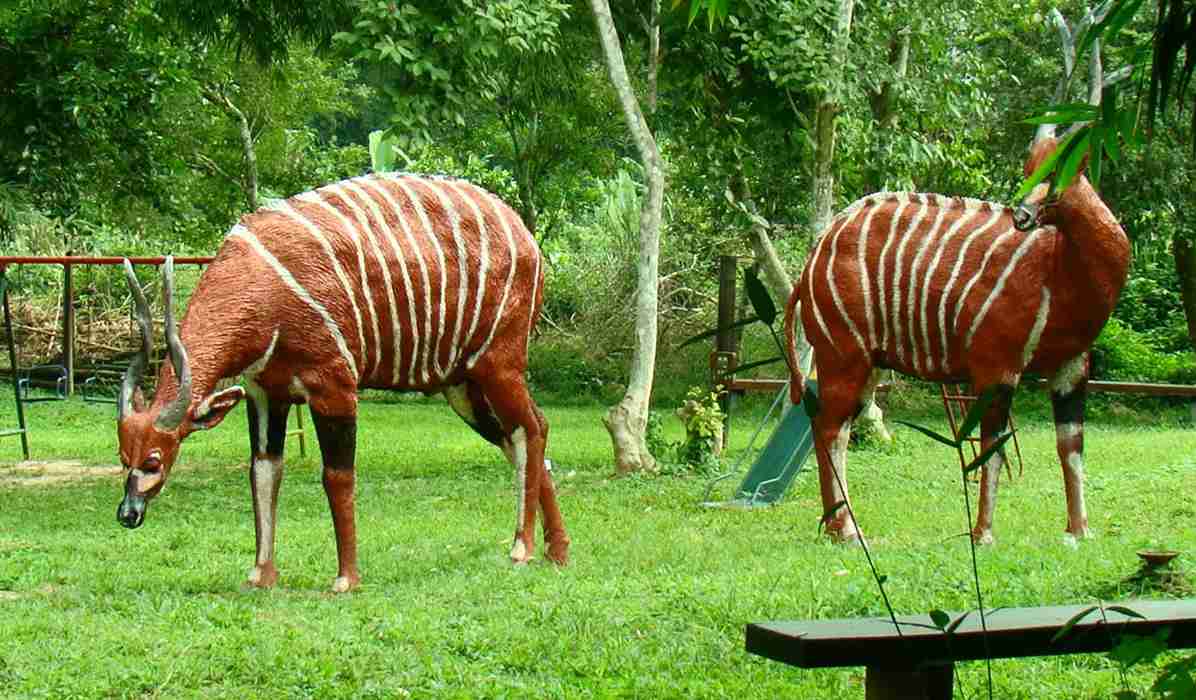
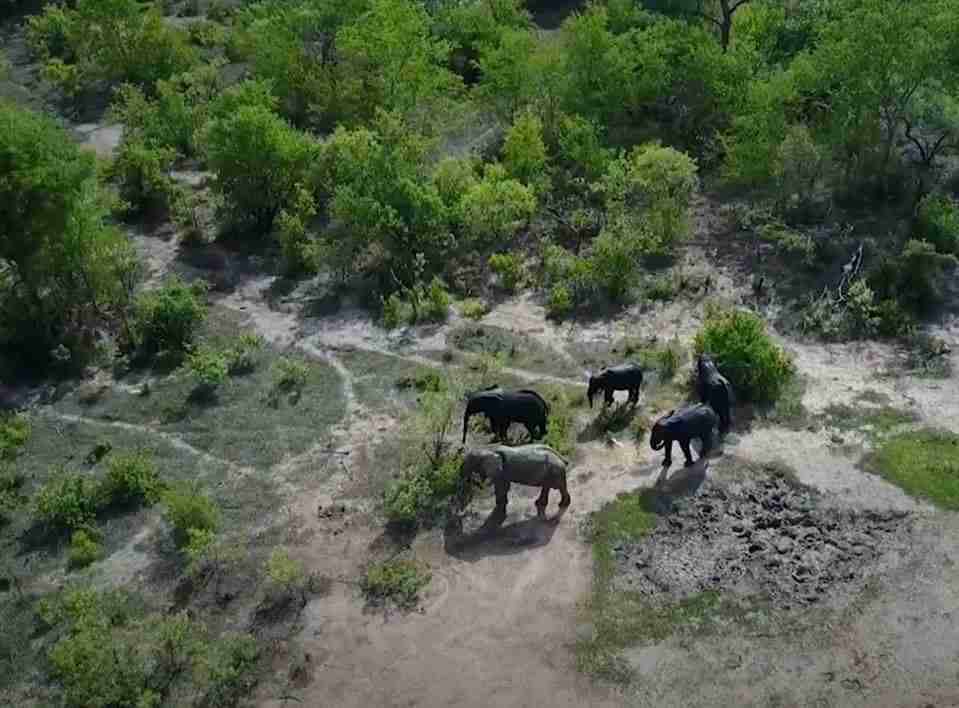
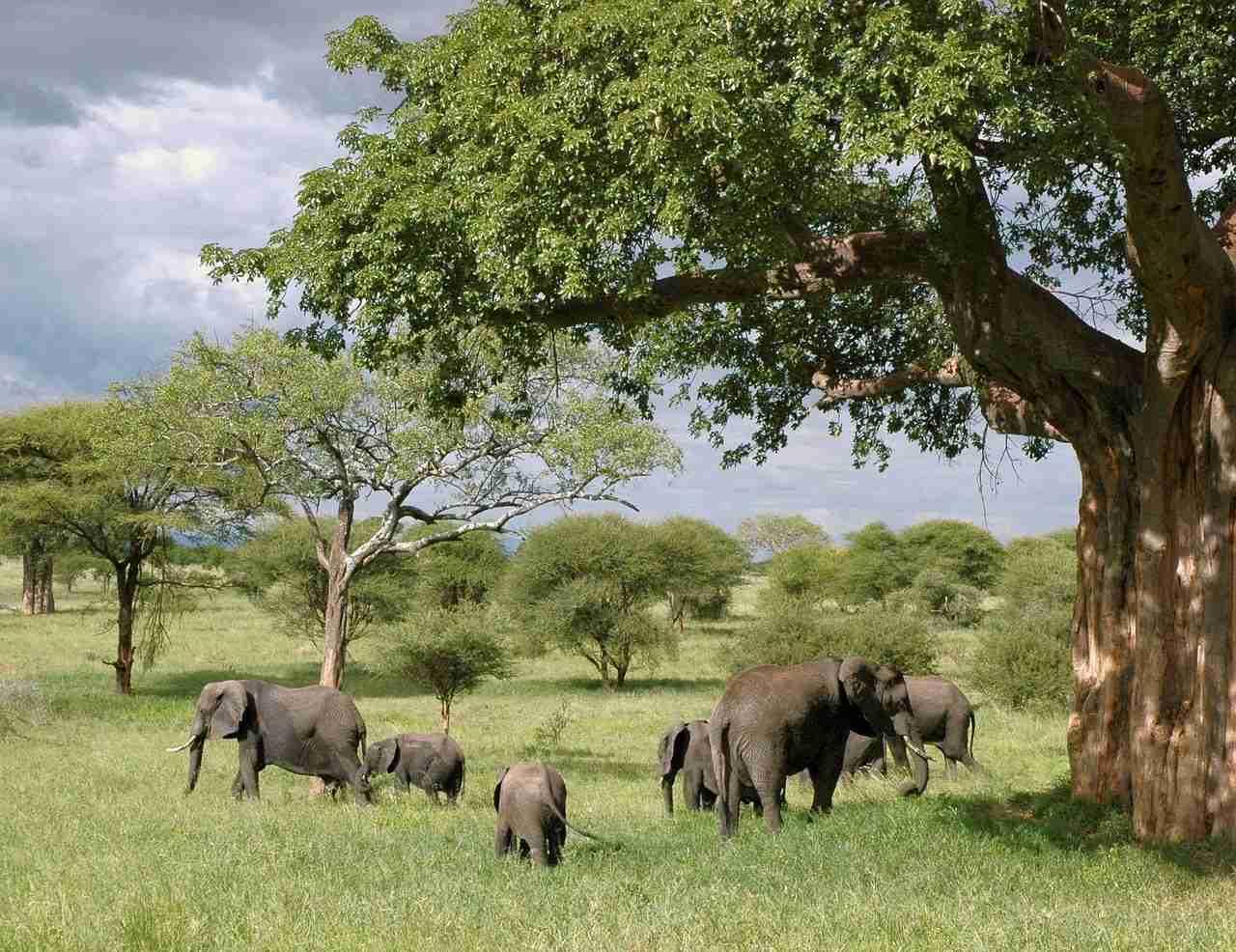
One of Bia’s star attractions is its towering trees, some of the loftiest in West Africa. As you trek through the shady forest, you’ll be craning your neck to see the canopy high above. This expansive park also provides a refuge for wildlife like the clever chimpanzee, the shy bushbuck, and the vocal white-breasted guinea fowl. Over 100 species of birds fill the air with their calls.

To reach Bia National Park, bus or private transport from Takoradi is recommended. Entry fees are around $7 USD. Facilities include marked trails, campgrounds, and very basic accommodations. Come prepared for rustic conditions, but don’t let that deter you from exploring this magnificent forest ecosystem. A visit to Bia provides a humbling sense of nature’s grand scale and beauty.
4. Digya National Park: Experience the Beauty of Lake Volta
Spanning 3,743 square kilometers, Digya National Park sits along the shores of magnificent Lake Volta in Ghana’s Brong-Ahafo region. As the largest man-made lake in the world by surface area, Lake Volta is truly a sight to behold.
With scenic islands dotting its expansive waters, Digya offers some of the best panoramic views of the lake. Visitors can enjoy boating, fishing, and observing traditional villages built along the banks. For water lovers, it’s a dream destination.
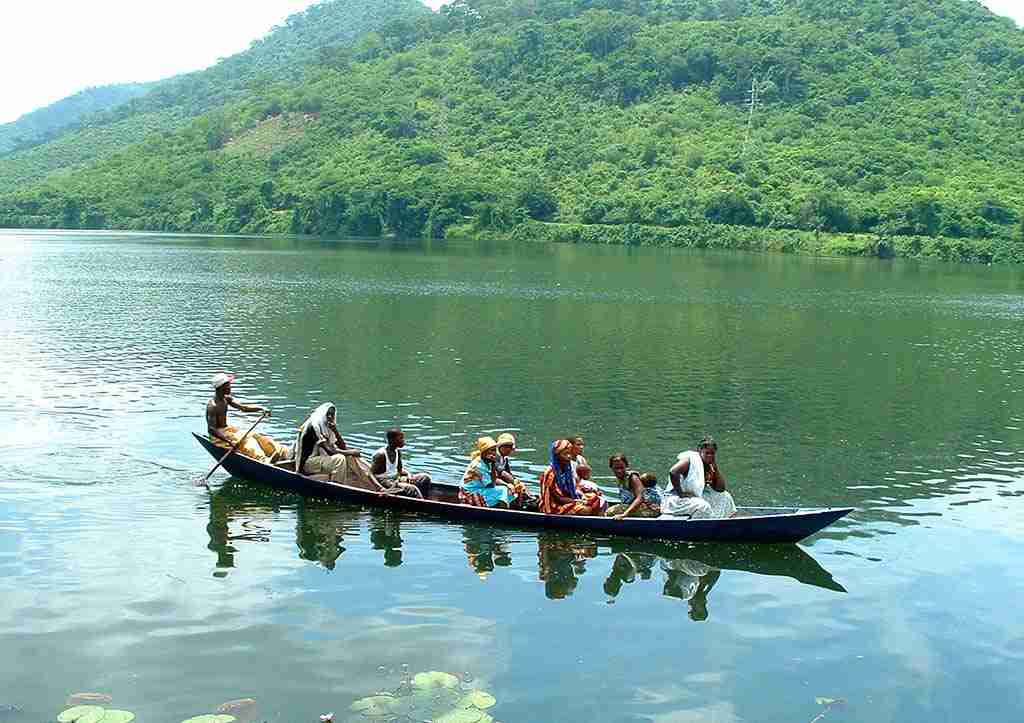

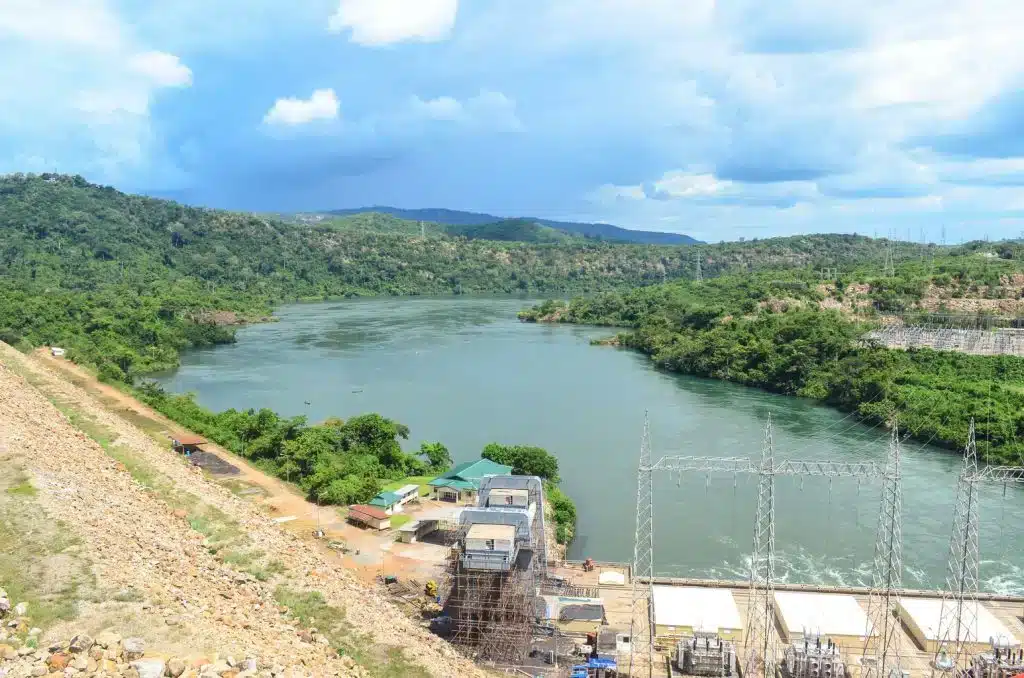
Digya is also home to diverse wildlife adapted to the lake habitat like elephants, monkeys, crocodiles, otters, and over 200 species of birds. I’d recommend booking a boat tour to increase your chances of spotting these creatures along the shoreline.

To reach Digya, fly into Kumasi or Accra and drive northwest. Entry fees are around $7 USD. Accommodation ranges from campgrounds to guesthouses in the riverside villages. With its access to Lake Volta’s natural beauty and wildlife, Digya National Park promises a memorable Ghanaian adventure. Don’t forget your camera!
5. Kyabobo National Park: Hike Through Rugged Mountains and Waterfalls
For hiking enthusiasts, Kyabobo National Park is a dream destination. Located in Ghana’s Volta Region at the foot of the rugged Kyabobo Range, this 360-square-kilometer park boasts awe-inspiring scenery.
Kyabobo’s main draw is its challenging hiking trails that pass through dense forests, across rocky outcrops, and by thundering waterfalls. Trekking to admire the cascading Asikuma Falls or the towering Dzebobo Falls is an unforgettable experience. Just watch your step around those slippery boulders!
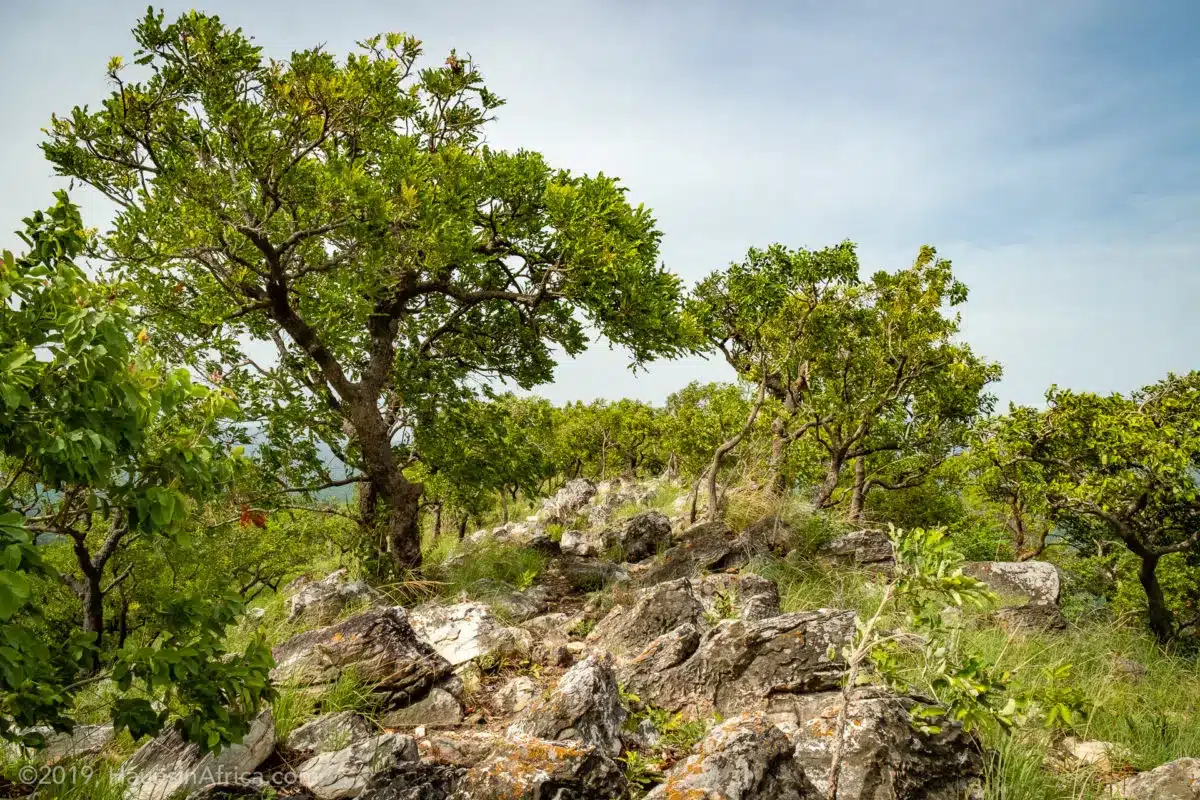
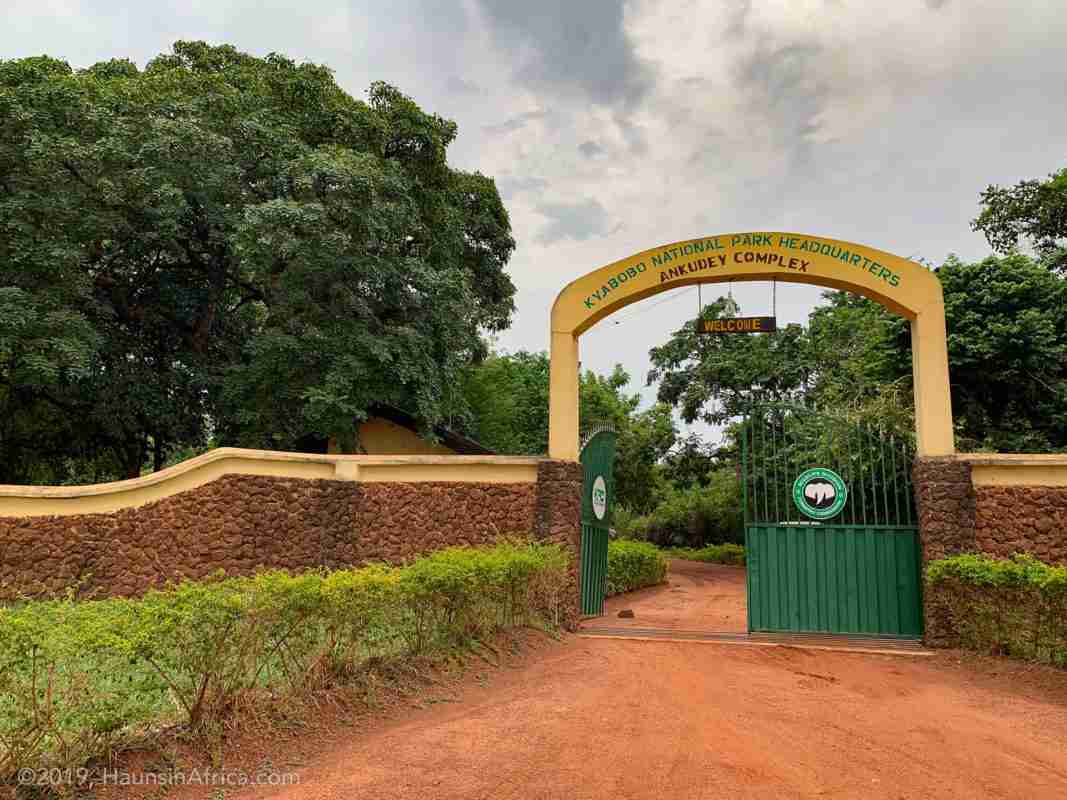

Though elusive, Kyabobo is also home to wildlife like buffalo, warthogs, olive baboons, and over 500 species of butterflies. Come prepared to traverse slopes and get muddy – the trek is worth it for the payoff.

Kyabobo can be reached by bus from Accra or Ho, with some final miles by 4×4. Entry fees are around $7 USD. Visitors can camp or stay in basic guesthouses near the park. If you’re craving an outdoor quest through off-the-beaten-path wilderness, Kyabobo awaits the intrepid explorer.
6. Ankasa-Nini Suhien National Park: Spot Rare and Endemic Species
Though small in size, Nini Suhien National Park packs a huge biodiversity punch. Nestled in Ghana’s Western Region near the border of Côte d’Ivoire, this forest park harbors exceptionally high endemism and rarity among its flora and fauna.
For wildlife lovers, the main attraction is spotting endangered species found almost exclusively in this area. The incredibly rare Miss Waldron’s red colobus monkey resides here, as does the elusive pygmy hippopotamus and the hefty giant forest hog. You’d be extremely lucky to catch a glimpse!

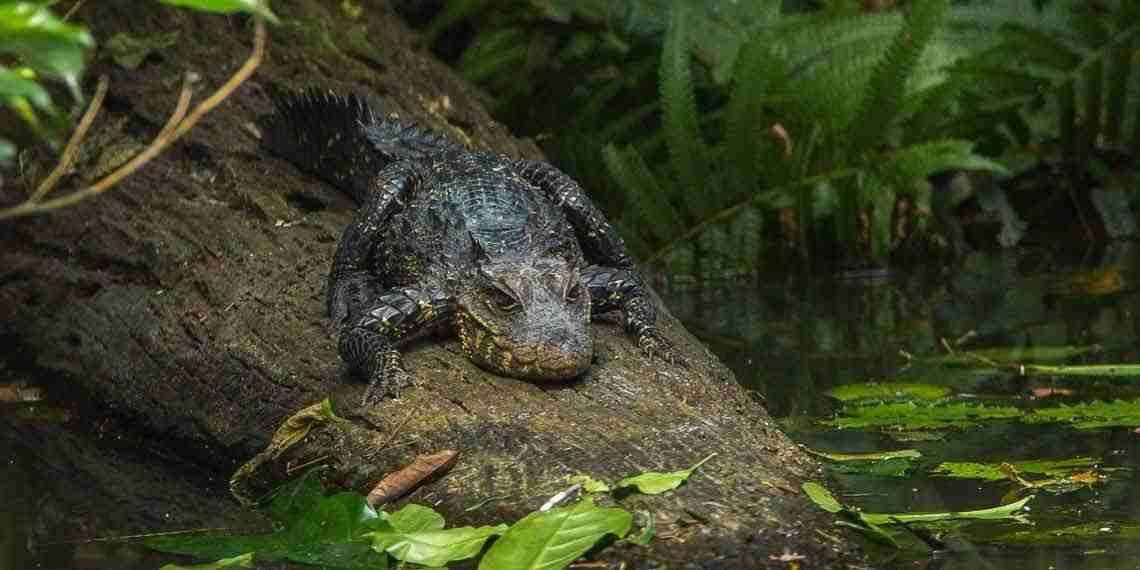
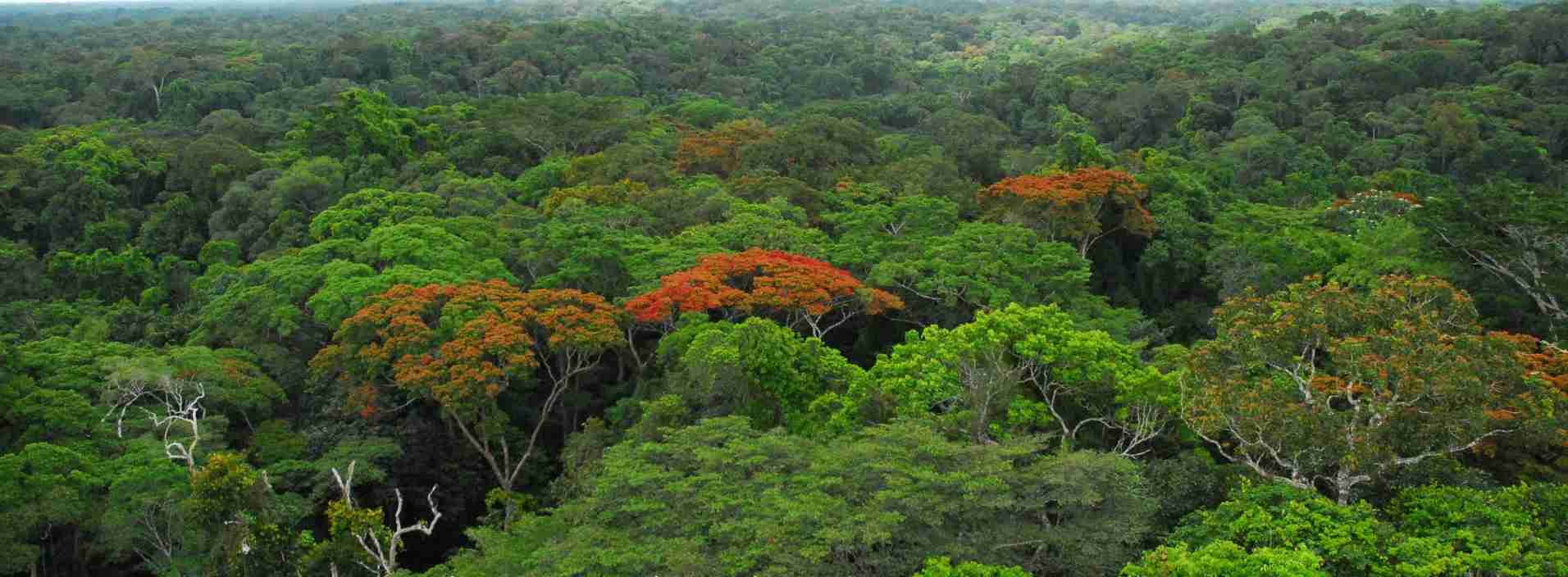
Specialized tours assist visitors in tracking these rare creatures at Nini Suhien. Reaching the park by public transport can be tricky – I’d recommend booking a tour from Takoradi or Accra that includes 4×4 transportation. Entry fees are around $7 USD and options for camping or hotels are available around the park.

If you crave a one-of-a-kind nature experience and love the thrill of seeking out endangered wildlife, Nini Suhien National Park is a prime choice with its distinctive biodiversity. Just don’t forget your binoculars!
7. Bui National Park: Witness the Power of the Black Volta River
Spanning 1,821 square kilometers in central Ghana, Bui National Park stretches along the banks of the mighty Black Volta River. Encompassing parts of the Bono, Savannah, and Bono East regions, Bui is the country’s third-largest national park.
The most impressive sight in Bui is the Bui Dam, an engineering marvel that harnesses the river’s power to generate electricity for Ghana. Visitors can take tours of the dam and hydroelectric station to learn about this pivotal renewable energy source.
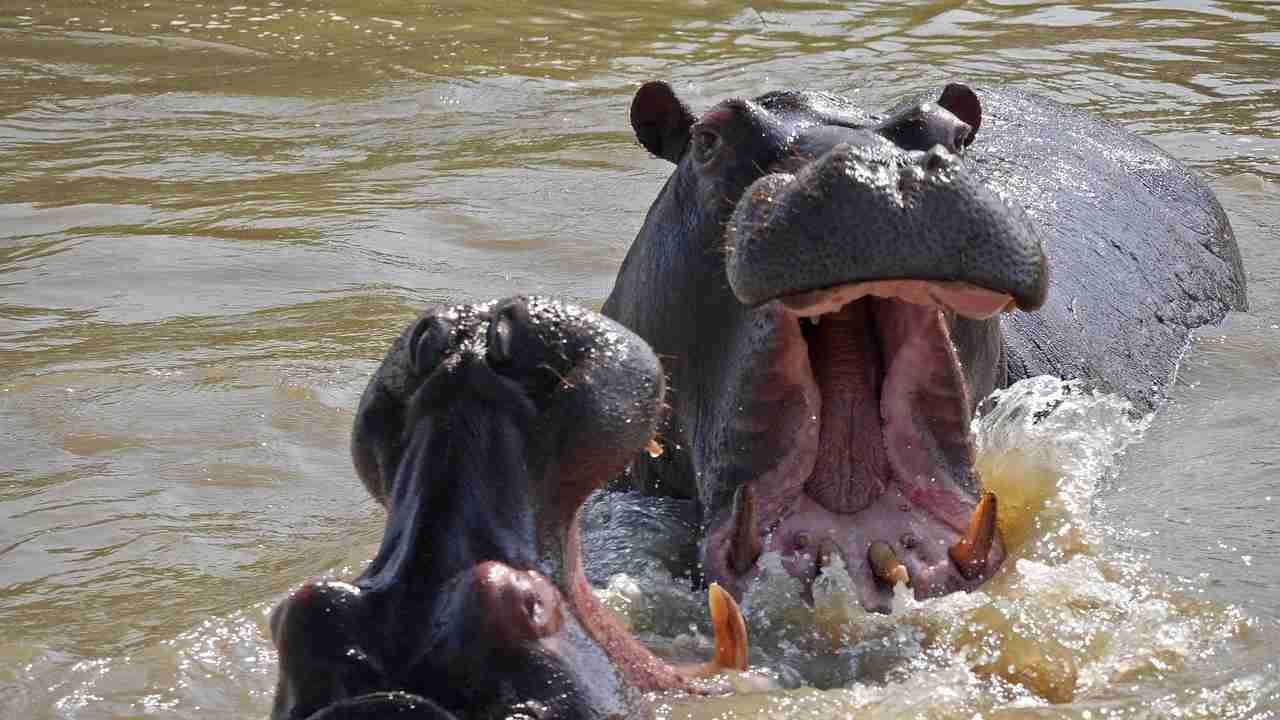

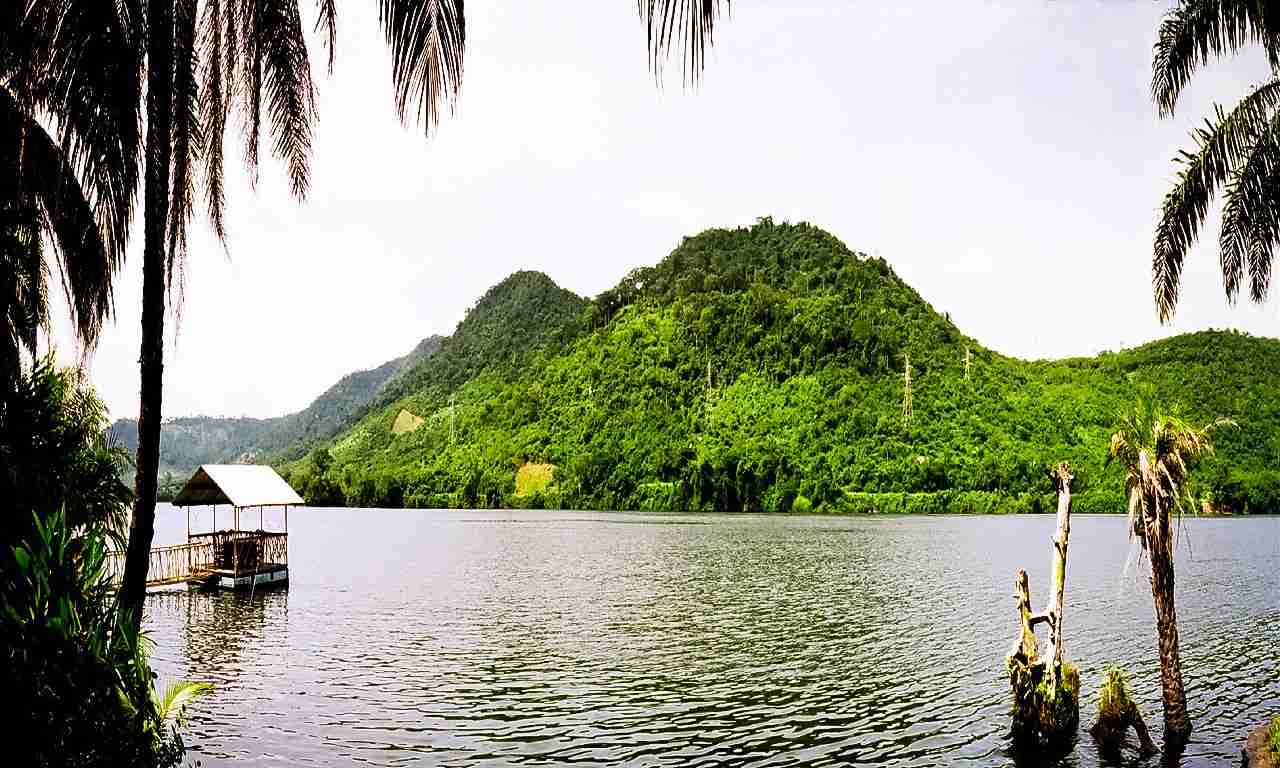
The areas surrounding the dam provide habitat for diverse wildlife attracted to the river and adjacent wetlands, like hippos, crocodiles, antelope species, and over 250 bird types.

To reach Bui National Park, the best option is to rent a car from Kumasi and drive north. Entry fees are around $6 USD. Accommodation ranges from basic guesthouses to eco-lodges by the river. For a glimpse of Ghana’s vital infrastructure along with nature, a visit to Bui National Park is highly recommended.
8. Gbele Game Production Reserve: Learn About Wildlife Conservation
Tucked away in Ghana’s Upper West Region, the 565-square-kilometer Gbele Game Production Reserve plays a vital role in wildlife conservation and education.
Unlike national parks focused on ecosystem preservation, Gbele actively manages wildlife populations and habitats. Visitors can learn about important efforts to sustain species like the stately roan antelope, the striking hartebeest, the gangly waterbuck, and over 300 bird types.
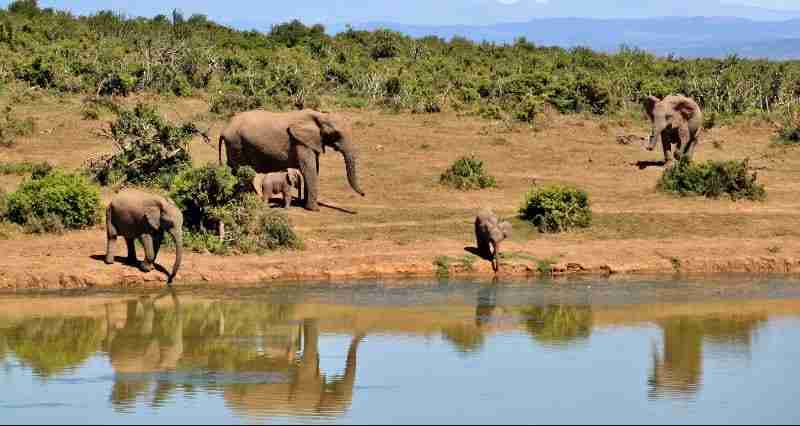
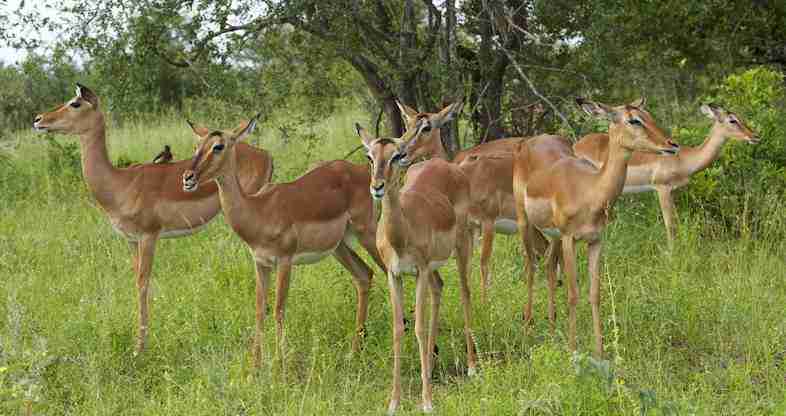
Gbele’s excellent programming teaches visitors of all ages about endangered species protection and scientific research. I’d recommend booking a tour to maximize the educational experience.
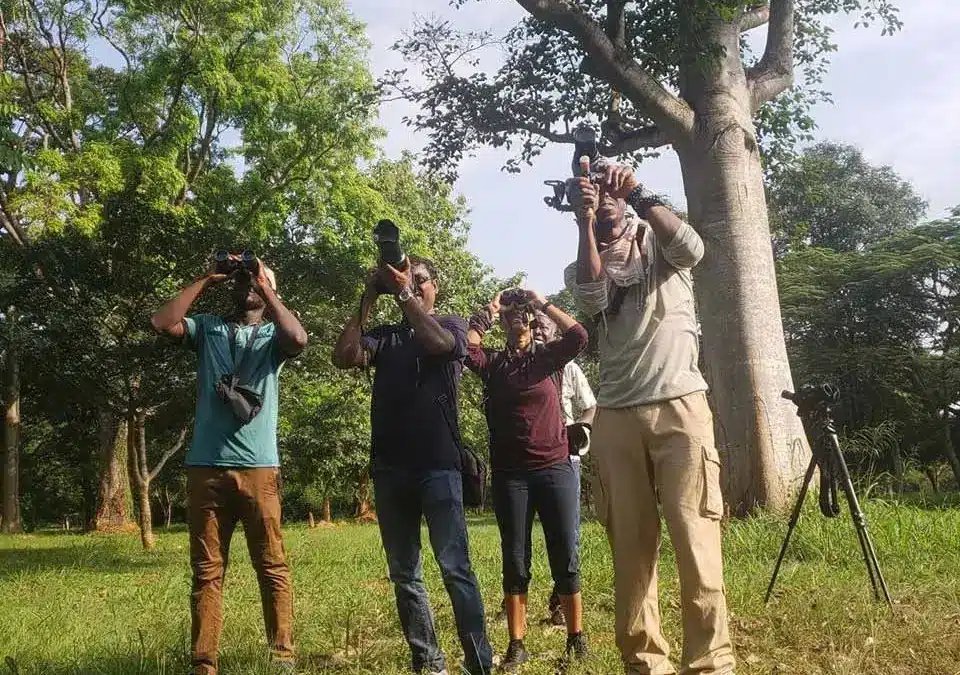
To reach Gbele Reserve, fly into Wa and take a 1.5-hour drive east. Entry fees are around $6 USD. Accommodation options include bungalows, dormitories, and camping. For travelers passionate about conservation, Gbele provides a rewarding mix of nature immersion and hands-on learning. Don’t miss this gem!
I hope this guide has brought Ghana’s amazing national parks to life and shown you why they are so special. From coastal rainforests to savanna woodlands, Ghana’s diverse ecosystems harbor stunning scenery, rare wildlife, and unforgettable adventures.
Of the eight parks covered, Kakum, Mole, and Digya are the most accessible and best for first-time visitors. For avid hikers, Bia and Kyabobo offer rugged trekking terrain. Nini-Suhien provides unique endangered species spotting. Bui and Gbele showcase engineering and conservation efforts.
No matter which park you choose, Ghana’s welcoming culture and wealth of natural beauty make it a fabulous destination. The affordable entry fees and range of accommodation options make national park trips easy to plan.
Let me know if this guide gave you any ideas for your own Ghanaian nature getaway! I’d love to hear your questions or travel tips. Share your national park experiences in the comments below or on social media using #Goldcoastxp. And don’t forget to pack your camera – you’ll want lots of photos of elephants, canopy views, waterfalls, and more!
